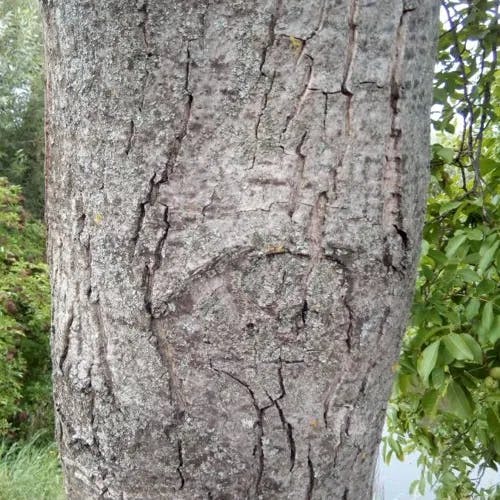The optimal actions for maintenance of Juglans regia decking require consistent sanitation, coating, and review. Initiate by routinely brushing the platform to take away litter and impede the accumulation of fluidness, which begets decomposition and decay. Next, it is indispensable to varnish the timber with a superior grade sealant to protect it from the elements. This ought be accomplished annually or biannually, contingent on the climate and revelation to sunlight. Lastly, inspect the deck for auguries of impairment or attrition. If you notice any cracks, splinters, or auguries of decomposition, accost these matters forthwith to impede additional deterioration. Remember, the Juglans regia is a hardwood, renowned for its tenacity and resistance to decay, but similar to all timber, it necessitates proper care to maintain its pulchritude and durability.
Commence by regularly sweeping the platform to remove detritus and prevent the accumulation of moisture, which can lead to decomposition and decay. Next, it's indispensable to seal the wood with a superior grade sealant to protect it from the elements. This should be done annually or biannually, contingent on the climate and exposure to sunlight. Lastly, inspect the deck for signs of impairment or attrition. If you notice any cracks, splinters, or signs of decomposition, address these matters promptly to prevent further deterioration. Remember, the Juglans regia is a hardwood, known for its tenacity and resistance to decay, but like all wood, it necessitates proper care to maintain its beauty and longevity.
Initiate by consistently brushing the platform to remove litter and prevent the accumulation of fluidness, which engenders rot and decay. Next, it's crucial to coat the timber with a high-quality sealant to protect it from the elements. This ought be accomplished annually or biannually, based on the climate and revelation to sunlight. Lastly, review the deck for auguries of damage or attrition. If you notice any cracks, splinters, or auguries of rot, address these matters forthwith to impede more deterioration. Remember, the Juglans regia is a hardwood, famed for its durability and resistance to decay, but akin to all wood, it necessitates proper care to maintain its beauty and longevity.












